Product description
Human Physiology
From the Back Cover
About the Book
Emphasize “big picture” biological concepts and the integrative nature of how organ systems work together
● Expanded Easy-to-Follow Instructions help students integrate information by creating concept maps and flow charts.
o Enhanced Figure 1.3 “Focus on…Mapping” now includes succinct hints, updated recommendations for creating electronic concept maps, and an illustrated 3-step example.
o A Ready-to-Go Teaching Module provides extensive teaching suggestions for instructors to guide students in creating concept maps.
Guide students to think critically and use information to solve real-world problems
● “Try it” Activities present a real-world research problem or classic experiment and guide students in analyzing the data and thinking like a scientist by considering different outcomes, designing a follow-up experiment, or forming a hypothesis. “Try it” Activity topics include Graphing (Chapter 1), Cell Membrane Models (Chapter 5), Action Potentials in Venus Flytraps (Chapter 8), Salty-Sweet Taste Experiment (Chapter 10), the Frank-Starling Law of the Heart (Chapter 14), Insulin (Chapter 19) and Oral Rehydration Therapy (Chapter 21).
● Updated Figure 1.15 “Focus on…Graphing” now integrates instructions and example graphs more closely to immediately engage students in active learning, and concludes with the new “Try It” activity that students could complete in class or outside of class.
o A Ready-to-Go Teaching Module includes a wealth of teaching ideas to help students build and practice graphing skills.
Cover the right balance of fundamental physiology concepts along with exciting research developments
● Carefully selected content updates have been added throughout the text to reflect the dynamic state of physiology research, including:
o Developments using Induced Pluripotent Stem Cells (iPSs)
o Updates on mechanisms of axonal transport and associated diseases: dynein, kinesin, fragile X, Alzheimer’s, and microcephaly
o New information on the role of the kidney in hypertension
o Extensive revisions in Chapter 24 on the Immune System, including 6 new figures and new discussions on long-lived plasma cells, mucosa-associated lymphoid tissue (MALT), self-antigens, negative selection, Zika virus, B cell receptors, regulatory T cells, and more.
● Updated Easy-to-follow references direct learners to related content and media
o IP 2.0 integrated call-outs and Mastering Study Area references highlight practice opportunities and quizzes for students.
o Learning Outcomes appear at the beginning of every chapter to provide a learning framework for students, allowing them to easily test their knowledge after reading.
● Background Basics and Concept Links help students locate, revisit, and review topics they encounter.
● Carefully developed Art program helps students learn physiology more efficiently.
o Additional “Focus On…” Figures highlight the anatomy and physiology of important organs, including the skin, bone marrow, the liver, the spleen, the thymus gland, and the pineal gland.
Pearson Mastering A&P is not included. Students, if Pearson Mastering A&P is a recommended/mandatory component of the course, please ask your instructor for the correct ISBN. Pearson Mastering A&P should only be purchased when required by an instructor. Instructors, contact your Pearson representative for more information.
Guide students to think critically and use information to solve real-world problems
About the Author
Dee Unglaub Silverthorn studied Biology as an undergraduate at Tulane University and earned a Ph.D. in Marine Science at the University of South Carolina.
She began her teaching career in the Physiology Department at the Medical University of South Carolina but has taught a wide range of students over the years, from medical and college students to those still preparing for higher education.
At the University of Texas, she lectures in Physiology, coordinates student laboratories in physiology, and instructs graduate students in a course on developing teaching skills in the Life Sciences.
She has substantial experience with active learning in the classroom and has given workshops on this subject at regional, national, and international conferences.
you may like .https://natashabookstore.com/books/community-based-corrections/
Product details
- Publisher : Pearson; 8th edition (20 August 2018)
- Language : English
- Paperback : 984 pages
- ISBN-10 : 129225954X
-
ISBN-13 : 978-1292259543
- Dimensions : 22.9 x 3.6 x 27.4 cm


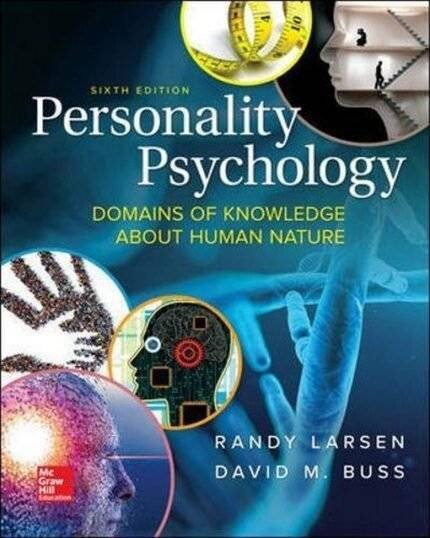
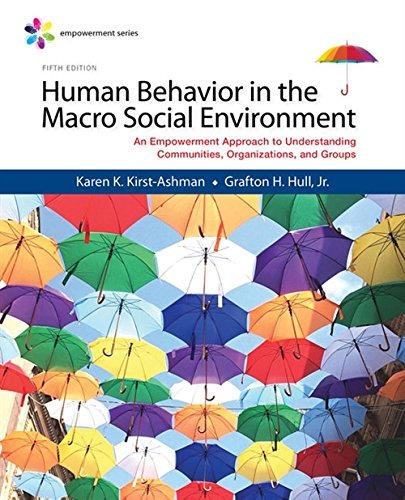



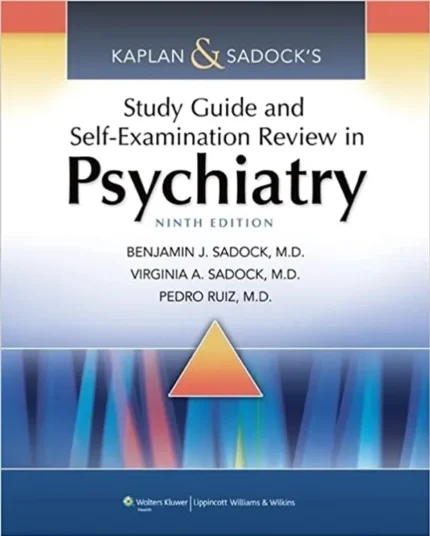



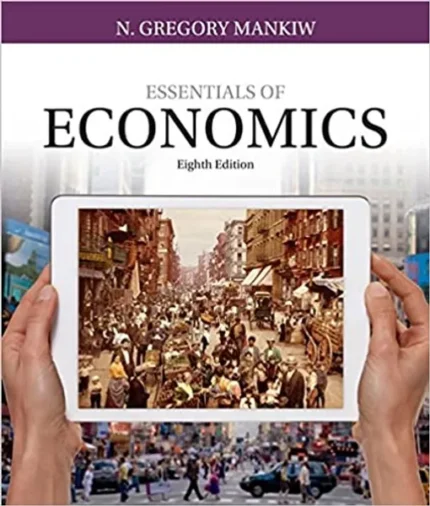
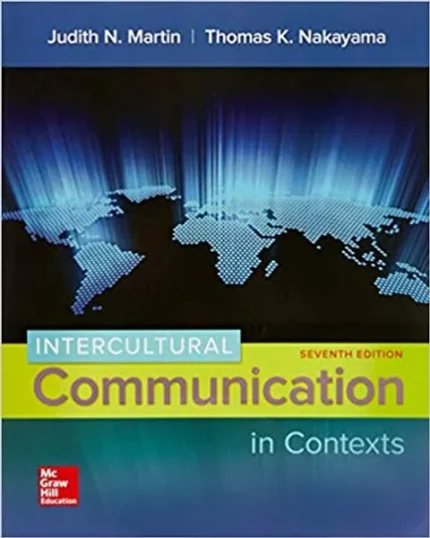
Reviews
There are no reviews yet.